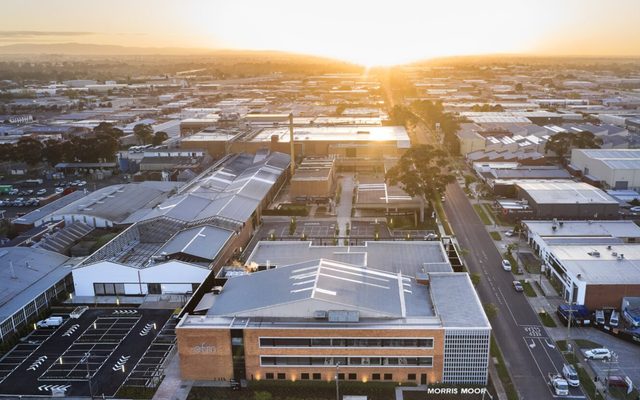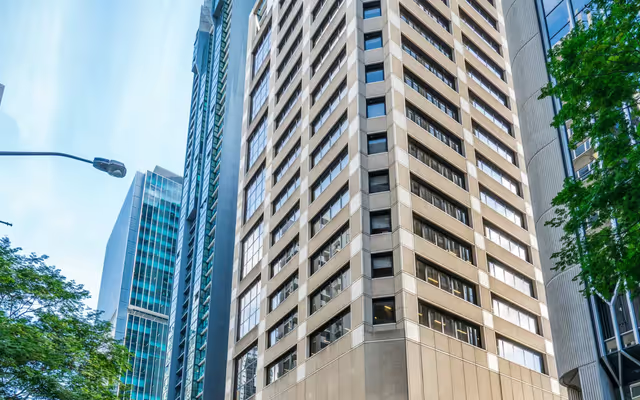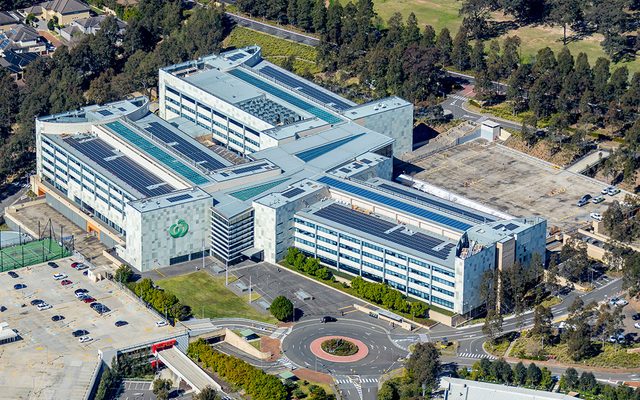This article is from the Australian Property Journal archive
HOBART’S house price boom is likely to continue for some time as other capital cities continue to cool, dragging capital city dwelling prices to a fall for the sixth consecutive month in April.
AMP Capital is now expecting Sydney and Melbourne prices to fall another 5% this year, before a further 5% drop-off next year and into 2020, on the back of tightening lending standards around the income and expenses of borrowers.
Research firm SQM Research yesterday said it had put its 2018 capital city forecasts under review “in light of recent developments”.
According to the latest CoreLogic data, capital city prices fell by 0.3% in April, leaving prices lower by 0.1% from one year ago. National values were down by 1.0% in the March quarter and by 0.7% over 12 months.
Sydney fell 0.4% over April and by 3.4% in annual terms, and is now 5.3% below the June 2017 peak, while Melbourne slipped by 0.4% for year-on-year growth of 3.7%, and is now 0.9% below the December peak.
Corelogic’s numbers showed Hobart was the only capital that saw real values, which are inflation-adjusted, increase over the quarter. They were up3.0%, while Sydney returned the largest fall, of 2.2%. Only Melbourne (up by 3.4%), Hobart (10.9%) and Canberra (1.0%) saw values outpace inflation. The latest data from the Australian Bureau of Statistics had the consumer price index up by 0.4% over the March quarter, to be 1.9% higher year-on-year.
Darwin returned the largest decline (9.3%) over 12 months, followed by Perth (4.3%) and Sydney (4.0%) in real terms.
AMP Capital chief economist and head of investment strategy Shane Oliver said that having not had the same boom over the last five or six years, other capital cities are likely to perform better.
“Perth and Darwin look to have bottomed, Adelaide, Brisbane and Canberra are likely to see moderate growth and the boom in Hobart (up by 1.2% monthly and by 12.7% year-on-year) is likely to continue for a while yet,” he said. “Similarly, home prices in regional centres (up 0.4% over April and by 2.4% across 12 months) are likely to hold up better with continuing modest growth, as generally speaking they haven’t had the same boom as Sydney and Melbourne and so offer much better value and much higher rental yields.”
Herron Todd White director and Australian Property Institute spokesperson Tony Kelly last week highlighted the Darwin market, despite coming off significant price drops, as offering positive potential for yields above other capitals.
Oliver said that last year’s APRA-driven tightening in lending standards for interest-only borrowers is continuing to impact, and along with poor affordability, rising supply, falling price growth expectations and the end of FOMO (fear of missing out), are pushing prices down in cities which have seen strong gains over the last few years, in particular Sydney and Melbourne.
“The latest round of tightening bank lending standards around borrower’s income and expenses will add to this,” he added.
Meanwhile, SQM Research managing director Louis Christopher said the firm’s revised forecast would be released to the market next Tuesday.
Its latest data, released yesterday, showed only Hobart had recorded a fall in listings over the past 12 months, by 26.8%.
Sydney’s have jumped by 34.9% as owners look to take any profits on their homes before the market cools further. Canberra was up by 12.2%, followed by Brisbane (8.3%), Melbourne (6.4%), Perth (4.5%), Adelaide (4.2%), and Darwin (3.9%).
Showed capital city average asking prices fell 0.8% for houses over April, and 0.2% for units, for annual gains of 4.4% and 5.0% respectively, and 3.8% and 4.8% nationally, as unit prices continue to defy oversupply estimates.
Melbourne led annual growth in both markets with 18.8% and 12.8% growth over 12 months, followed by Canberra with 9.4% and 8.1%, and Hobart with 5.3% and 6.8%.
Sydney unit asked prices growth of 4.2% came with a 1.0% fall for houses, and Adelaide similarly saw 3.3% gains for units and a 0.9% drop in units. Brisbane saw modest changes.
Perth houses were up 4.0% and units down 2.3%, while Darwin saw tumbles of 2.4% and 11.4%.
AMP said capital city unit prices had risen by 0.1% in April for 1.9% annual growth.
“This may reflect the entrance of more first home buyers following last year’s stamp duty concessions for them in some states and a perception that a new unit closer to transport may offer better value than a stand alone house,” Oliver said. “I would still be cautious in areas with lots of cranes though.”
AMP expects the Reserve Bank to leave official interest rates at their historic lows until 2020, given the expectation of home prices in Sydney and Melbourne to sag further.
Oliver said the current price weakness is now at the levels where the RBA started cutting rates in 2008 and 2011.
The RBA held interest rates yesterday as expected.
Australian Property Journal




